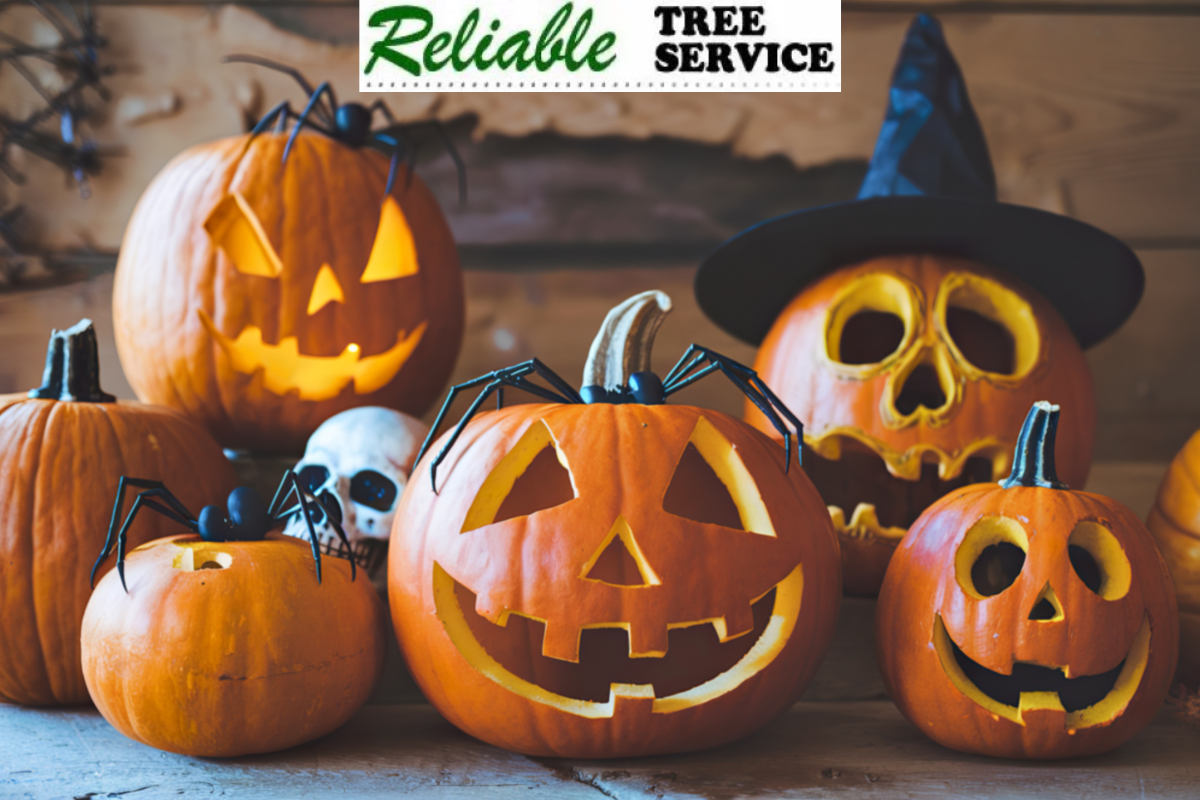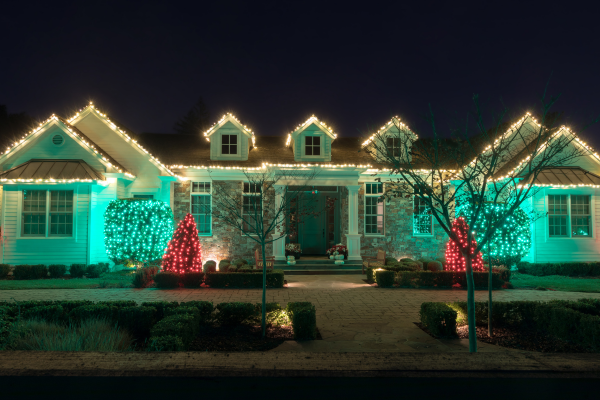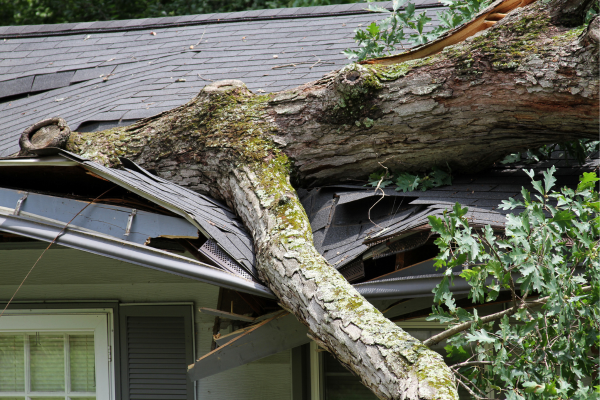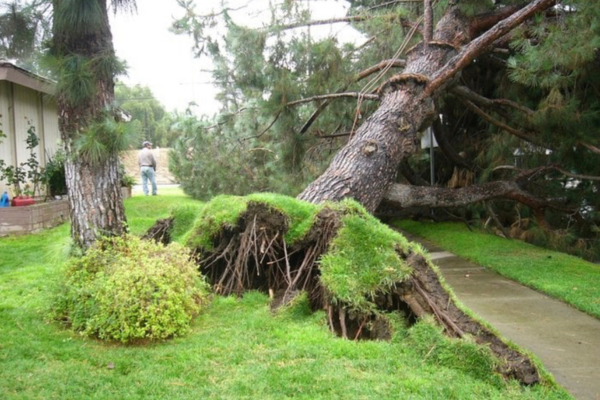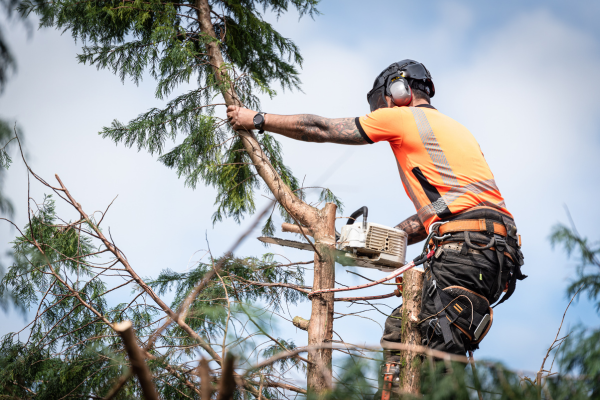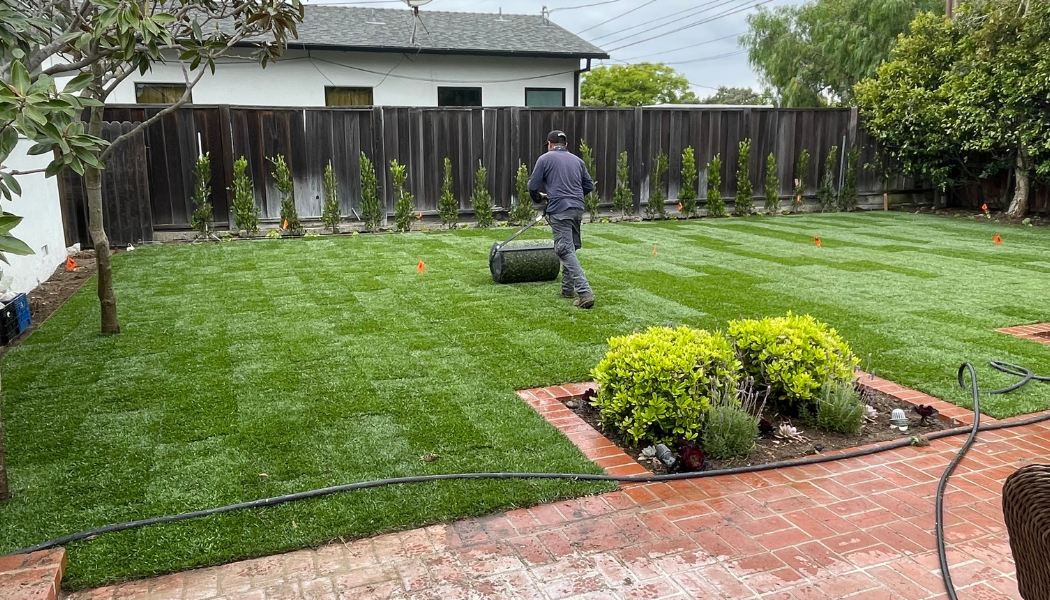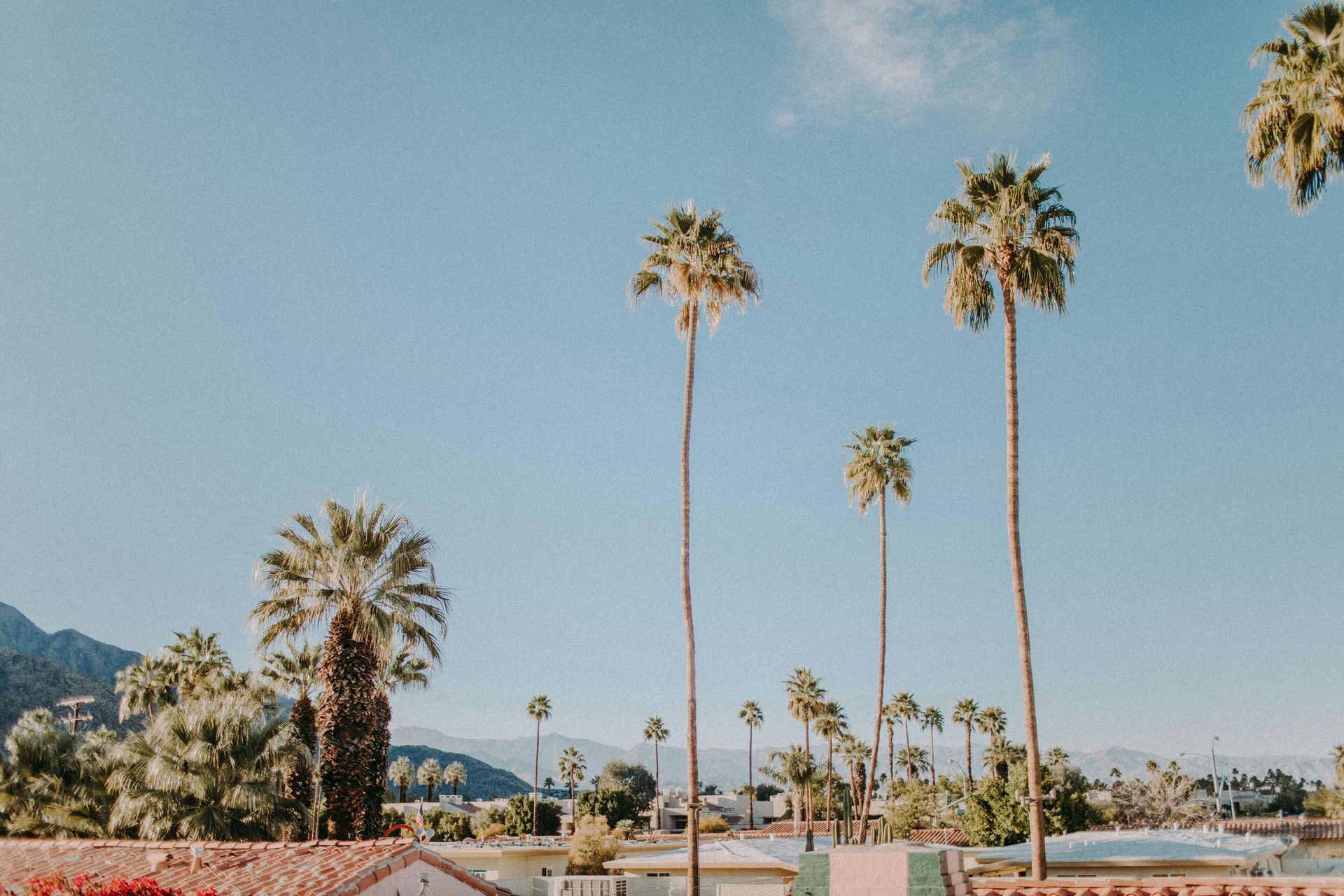DIY Landscaping Tips Orange County: Boost Your Curb Appeal
DIY Tip Every OC Homeowner Should Know
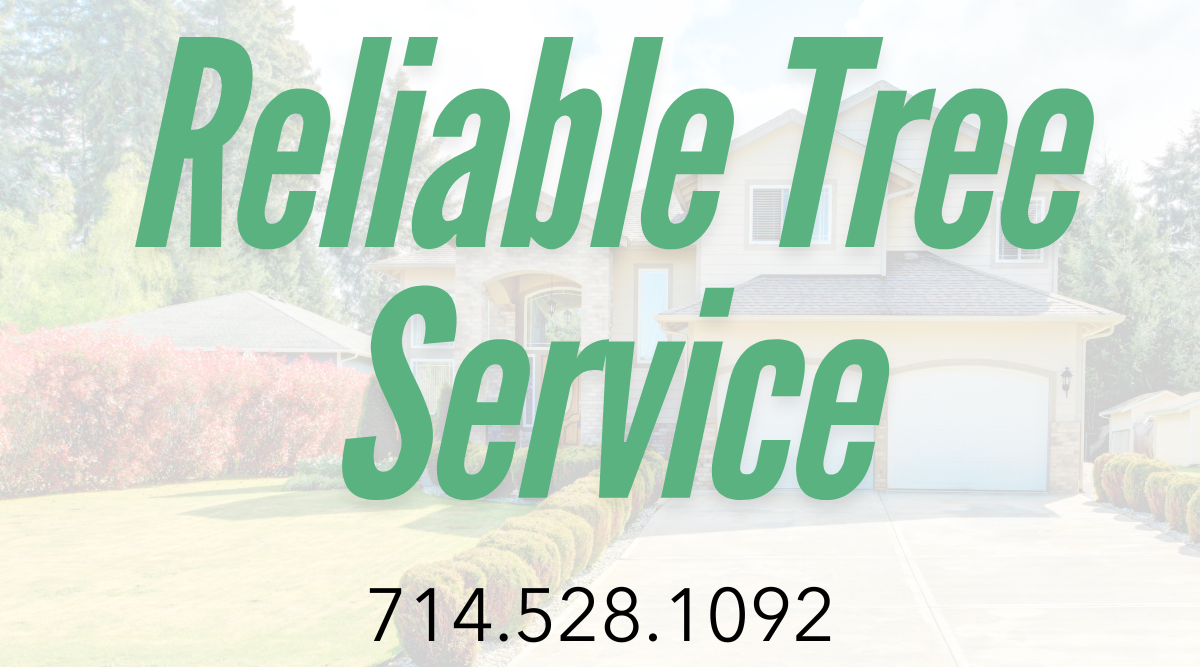
If you are looking for some great DIY Landscaping Tips Orange County, you've come to the right place. You can absolutely create a stunning outdoor oasis yourself, improving your home's curb appeal and real estate value. This guide gives you practical, easy to follow landscape ideas that Orange County residents can use right now.
We'll walk through everything from picking the right plants to watering smarter, not harder. You can have a yard that you love spending time in, all without hiring an expensive landscape designer. Get ready to transform your yard into a personal haven.
First, Get to Know Your Yard's Personality
Before you buy a single plant, spend some time observing your own backyard. It sounds simple, but this is a step people often skip. Your yard has its own specific conditions, or microclimate.
Where does the sun hit in the morning versus the afternoon? The afternoon sun in inland Orange County is much hotter than the morning sun near the coast. Knowing your sun exposure helps you put the right plants in the right places.
A sun-loving plant will struggle in a shade garden, and a shade plant will get scorched in full sun. Notice any areas with a sloped yard, as this will affect water runoff and may require terracing or specific plants to prevent erosion. A sloped backyard can be a challenge, but also an opportunity for interesting design features.
Map Your Outdoor Living Goals
Also, think about how you want to use the outdoor space. Do you need a grassy area for kids to play? Are you dreaming of a quiet seating area to read a book or an outdoor dining spot for weekend barbecues with an outdoor kitchen?
Sketching out a simple plan helps you create a yard that actually fits your lifestyle. Designate zones for different activities: a place for outdoor entertaining, a vegetable garden in raised beds, or a serene corner with a water feature. This initial planning is a fundamental part of good landscape design.
Healthy Soil is the Foundation for Everything
You can have the best plants in the world, but they won't thrive in bad soil. Orange County is known for its clay soil, which can be tough. It's dense, drains slowly, and can bake into a hard-as-a-rock surface in the summer.
The good news is that you can improve it. The best thing you can do for clay soil is add organic matter. Mixing in a few inches of good quality compost will work wonders.
Compost helps break up the clay, improves drainage, and adds vital nutrients that your plants need to grow strong. You can buy bags of compost at any local garden center. Spread a layer a few inches thick over your planting beds and work it into the top six to twelve inches of soil with a shovel or tiller.
Consider Raised Garden Beds
For areas where you want complete control over the soil, consider a raised garden bed. This is a fantastic solution for growing vegetables or specific flowering shrubs that need perfect drainage. Building a raised garden allows you to fill it with the ideal soil mix from the start.
This is a good idea if you're dealing with exceptionally poor native soil or contamination. Plus, raised beds can add height and structure to your backyard design. They make gardening more accessible by reducing the need for bending and kneeling.
Choose Plants That Love Living in Orange County
This is where the real fun starts. The key to a low maintenance, beautiful OC garden is choosing plants that are naturally suited to our climate. That means focusing on drought tolerant and native California plants.
Embrace California Natives for a Thriving Local Ecosystem
Native plants are a fantastic choice because they evolved right here in Southern California. They are perfectly adapted to our dry summers and mild winters, which helps minimize water use. This means they need very little water once they are established.
They also provide important food and habitat for the local ecosystem, supporting birds, bees, and butterflies. Some wonderful native plants to consider are California Lilac (Ceanothus), which has beautiful blue or purple flowers, and various Sages (Salvias), which are fragrant and attract hummingbirds. Toyon, also called California Holly, is a great shrub that gives you red berries in the winter.
Using native plants is one of the best backyard ideas for creating a sustainable garden. You can even create a beautiful cottage garden look using a mix of native wildflowers and perennials. For more design inspiration, you can look at resources like the California Native Plant Society which has a database of plants.
Water-Wise Wonders: Succulents & Rock Gardens
Succulents are another excellent, water wise option for Orange County. They come in an incredible variety of shapes, sizes, and colors. Agaves, Aloes, and Echeverias can create stunning visual displays with very little care.
These plants are perfect for creating a visually appealing rock garden. Just make sure they have well-draining soil, as they hate to have their roots sitting in water. A rock garden can be a striking focal point and is one of the most low-maintenance landscaping ideas around.
Bring Color and Texture into Your Yard
To create a truly dynamic garden, you need to bring color and life into the space. Many drought-tolerant plants offer spectacular blooms. Bougainvillea can add a massive splash of pink or purple, while Kangaroo Paws can provide bright yellow flowers for a pop of sunshine.
Don't be afraid to add color throughout your landscape designs. A few well-placed flowering shrubs can make a huge difference. Consider planting bright yellow flowers to draw the eye and create a cheerful atmosphere.
Executing Your Landscaping Projects
Now that you have the basics down, let's get into some specific tips. These small changes can make a big impact on both the look of your yard and how much work you have to do. A little bit of planning goes a long way with all landscaping projects.
Water Smarter, Not More Often
Water is a precious resource here, and our water bills reflect that. The biggest mistake people make is watering for a short time every day. This encourages shallow roots, which makes plants weaker and less able to handle the heat.
Instead, water deeply but less frequently. This encourages plants to send their roots down deep into the soil where it stays moist longer. Better management water practices are essential for sustainability.
A drip irrigation system is a much more efficient way to water than traditional sprinklers. Drip systems deliver water directly to the base of the plant, so less is lost to evaporation or runoff. You can find easy to install DIY drip irrigation kits at most home improvement stores. Always water in the early morning; watering mid-day is wasteful as so much moisture evaporates before it can sink into the soil. For more local advice, check out your water district's website, like the Irvine Ranch Water District, which often gives tips for water efficiency.
Don't Forget to Use Mulch
Mulch is a landscaper's secret weapon. A thick layer of mulch over your soil offers so many benefits. It is one of the most effective things you can do for your garden.
First, it helps the soil retain moisture, which means you can water less. It also suppresses weeds, which means you have to spend less time pulling them. As organic mulch like wood chips breaks down, it enriches the soil.
You can use different kinds of mulch, but a good quality wood chip mulch is a great all purpose choice. Apply a layer about three inches deep over your garden beds. Just be sure to keep it a few inches away from the base of your plants to prevent rot.
Plan Your Hardscape Elements
Hardscaping refers to the non living elements in your landscape. This includes things like patios, decks, walkways, and retaining walls. These elements give your yard structure and create usable living spaces.
Think about how you'll move through your yard. A winding path made of decomposed granite or backyard gravel can be more visually interesting than a straight concrete sidewalk. Decomposed granite is a great permeable option that allows water to soak into the ground instead of running off.
Creating different "rooms" in your yard can make it feel larger and more functional. You could have a patio area for dining, a small patch of artificial turf for a low water play space, and a quiet corner with a bench surrounded by plants. Planning these hardscape elements first helps you place your plants more effectively later on.
Creating a Contemporary Backyard with Structures and Features
A great landscape design goes beyond just plants. Adding structures and features can elevate your outdoor space from a simple yard to a true outdoor living room. These additions can define areas and add functionality.
Building Your Outdoor Living Space
Think about adding outdoor structures like a pergola or a trellis. These can define a seating area, provide shade, and offer support for beautiful climbing vines. A well-designed patio can serve as the hub of your backyard, perfect for an outdoor dining table or comfortable outdoor furniture.
For those who love to cook and entertain, an outdoor kitchen can be a game-changer. Even a simple built-in grill station can make your backyard the go-to spot for gatherings. To add warmth and ambiance for evening get-togethers, consider an outdoor fireplace or a more casual pit fireplace.
Creating Interest with Layers and Textures
A truly beautiful garden has depth and variety. You can achieve this by thinking about your plants in terms of layers. Don't just plant a single row of shrubs against a wall.
Use plants of different heights to create visual interest. Start with low growing groundcovers in the front, followed by medium sized shrubs, and then a small tree or a tall vine in the back. This layering technique makes a garden feel more lush and complete.
Pay attention to texture, too. Mix plants with different leaf shapes and textures. For example, you could pair the bold, spiky leaves of an Agave with the soft, feathery fronds of an ornamental grass. Combining different textures and colors creates a landscape that is interesting to look at all year long.
- Groundcover: Creeping Thyme, Silver Carpet.
- Mid-Level: Lavender, Sage, Kangaroo Paw.
- Tall shrubs: Toyon, Coffeeberry.
- Small trees: Crape Myrtle, Western Redbud.
This approach gives your garden a professional, well-designed feel. It takes a flat space and turns it into something dynamic. Even a small backyard can feel rich and expansive with smart layering.
Set the Mood with Lighting
Outdoor lighting can completely transform your yard after the sun goes down. It enhances safety along walkways and highlights your best design features. Use spotlights to illuminate a beautiful tree or an interesting architectural detail.
String lights can create a festive mood over a patio or seating area. For a more sophisticated look, consider pendant lights over an outdoor dining table. The right lighting will add warmth and allow you to enjoy your outdoor entertaining space long into the evening.
Putting It All Together
Landscaping your own yard can feel like a big project. But you don't have to do it all at once. Start with one small area, like a section of your front yard or a bed near your patio.
As you work, remember the core principles. Improve your soil with compost before you plant anything. Choose plants that are well suited to Orange County's climate.
Water them efficiently and use a thick layer of mulch. By following these steps, you can save money, conserve precious water resources, and create a beautiful space that you and your family will enjoy for years. It's a rewarding process that connects you with your home and your local environment.
Conclusion
Creating a beautiful garden in Southern California is completely within your reach. You don't need a massive budget or a team of professionals. By working with our climate instead of against it, you can design a stunning, low maintenance landscape that thrives.
Remember to focus on healthy soil, select water wise plants, and use smart watering techniques. Adding hardscape elements and thoughtful lighting will create a functional and inviting outdoor living area.
These core DIY Landscaping Tips Orange County will help you transform your yard into a personal paradise you can be proud of.


